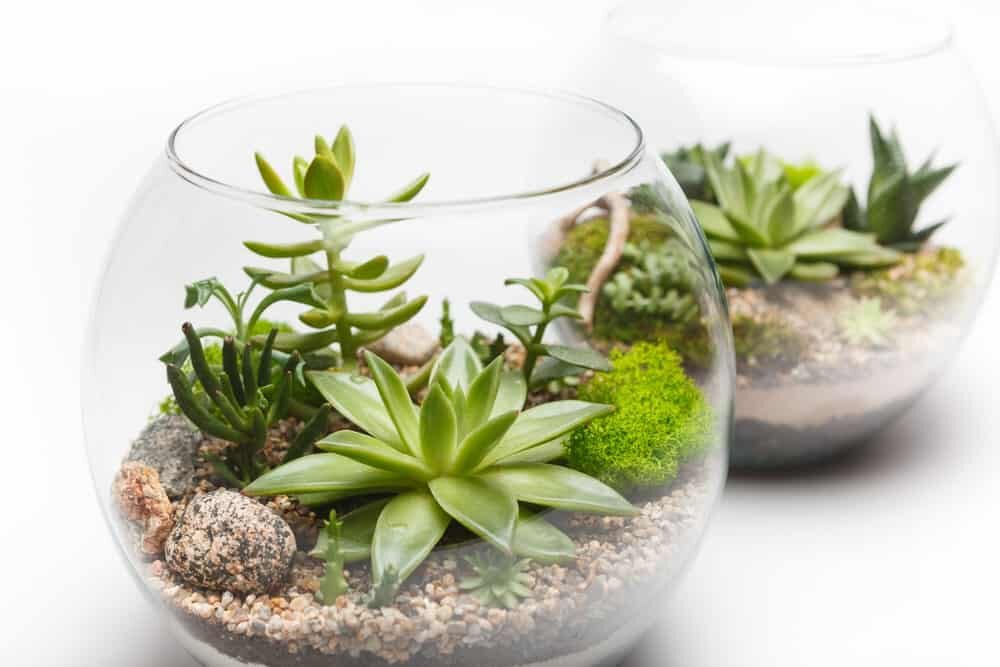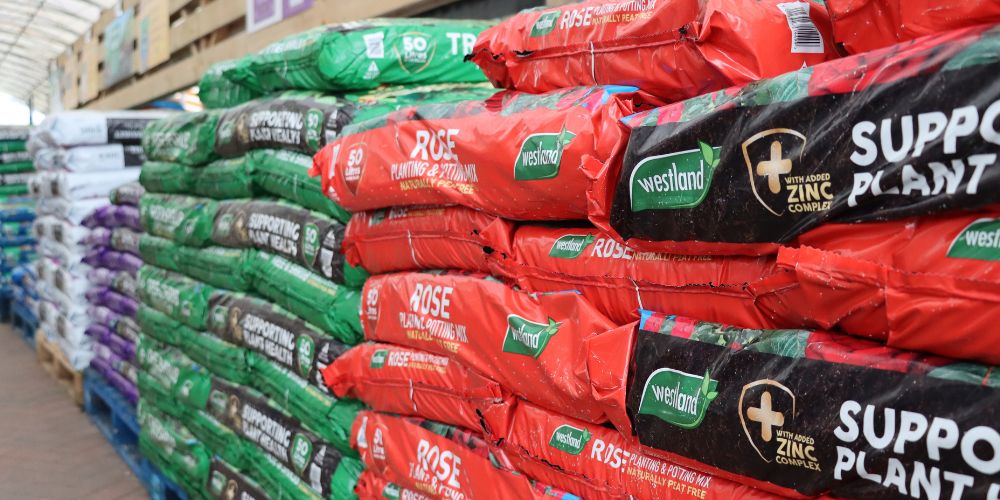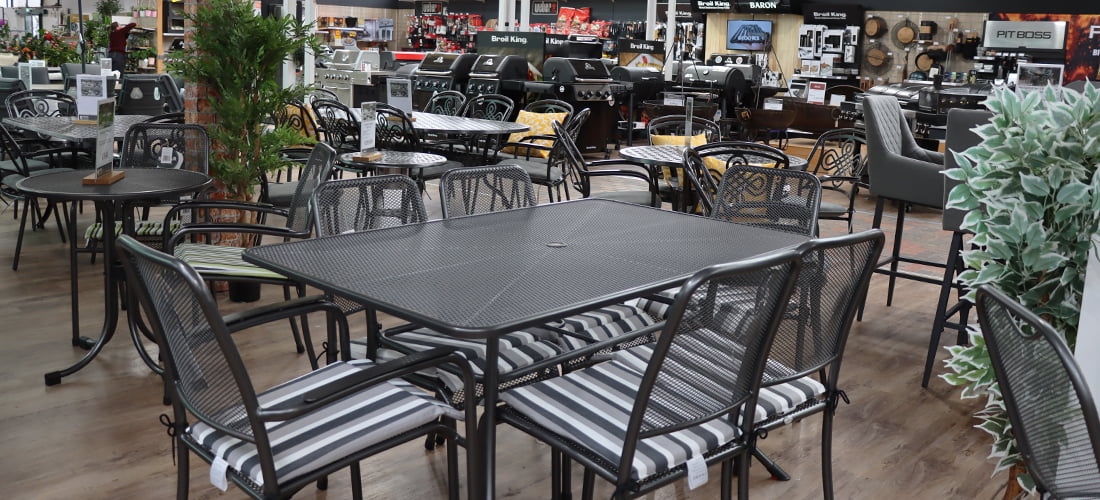SETTING UP YOUR TERRARIUM
- Activated filtering charcoal (to kill bacteria and deodorise your arrangement)
- Chopstick or pencil
- Close-fitting surgical gloves (optional)
- Container with a tight-fitting lid, or an open container
- Decorative sand (optional)
- Figurines (optional)
- Long tweezers
- Newspaper
- Pebbles or pea gravel
- Plants
- Potting soil appropriate for your plants
- Sphagnum moss (for layering or surface planting, excellent for ground cover and holding moisture in a closed terrarium)
- Tiny trowel or long-handled spoon
- Water mist spray bottle
- Choose a theme and select appropriate plants (see below) and accessories.
- Wash container, tools, pebbles/stones, and figurines with mild soap and water before assembly. Rinse thoroughly and dry with paper towels.
- Spread newspaper over your work surface.
- Decide whether you will use your container horizontally or vertically.
- Cover the bottom of the container with a layer of pebbles.
- Cover the pebbles with about an inch of activated charcoal.
- Cover activated charcoal with a layer of sphagnum moss.
- Cover the moss with about two inches of potting soil appropriate for your plants.
- Decide where you want your plants, and use your spoon to make a small hole for your first plant.
- Select a plant for the first hole. Grasp it gently with tweezers or fingers. Trim off all but an inch of root length, and place it into the first hole. Gently nestle it into the soil, covering the roots, and tamping the soil down with the pencil or chopstick. Be sure to place plants so that they do not touch the sides of the container, and do not reach the lid.
- Continue planting until all plants are in the soil.
- If desired, fill in areas between plants with pieces of sphagnum moss, tamping gently.
- Add decorative sand, pebbles, stones, and figurines to define your chosen theme.
- Mist plants and soil lightly.
- Close lid securely for closed arrangements.
- Place away from direct sunlight.
CHOOSING YOUR TERRARIUM PLANTS
Closed terrariums
PLANTS FOR CLOSED TERRARIUMS
- Peperomia: P.caperata (Emerald Ripple Peperomia), P.obtusifolia (Oval Leaf Peperonia / Baby Rubber Plant), P.argyreia (Watermelon Peperonia)
- Pileas: P.cadierei (Aluminium Plant), P.involucrata (Friendship Plant), P.mollis (Moon Valley Pilea)
- Fittonia albivensis (Nerve Plant): Common names of suitable varieties include nerve plant, mosaic plant, painted net leaf, silver net leaf and silver thread.
- Bryophytas (Mosses): Common types of moss for terrariums include live sphagnum, sheet, cushion, spoon, and hair cap.
- Selaginellas (Spike Mosses): Not actually mosses, but moisture-loving plants good as ground cover.
- Ferns: Nephrolepis cordifolia (Lemon Button Fern), Adiantum (Maidenhair Fern), including A.capillus-veneris (Southern Maidenhair Fern), A.raddianum (Delta Maidenhair Fern)
- Hedera helix (English Ivy / Common Ivy): Miniature version is petite and easy-to-grow.
- Soleirolia soleirolii (Baby’s Tears): Other common names for this plant include angel’s tears, friendship plant, Corsican creeper, helxine, mother of thousands, and Paddy’s wig.
- Ficus pumila (Creeping Fig): Suitable varieties include Ficus pumila – such as the bellus, Curly and Dorty.
- Hypoestes phyllostachya (Polka Dot Plant): Pretty, spotted pink, purple, red, or white on green leaves. Confetti polka dot plant grows to 8 inches (20 cm).
- Epipremnum aureum (Golden Pothos): Alternate common names include devil’s ivy, ivy arum, Solomon Island ivy, and simply pothos.
- Phalaenopsis Orchids: Please refer to our Orchid care sheet for more information on caring for orchids.
- Chlorophytum comosum (Spider Plant): The Variegatum cultivar is a smaller version and most suitable for a closed terrarium.
Closed terrarium care
OPEN TERRARIUMS
- Better airflow for plants
- No condensation issues
- Lower risk of mould and rot
- More forgiving, higher chance of success
PLANTS FOR OPEN TERRARIUMS
Arid Plants
Plants suited to life in open terrariums tend to be mostly succulents, air plants and cacti. These groups of plants can thrive without humidity and consistent moisture.
Succulents and cacti have similar care requirements too, so it’s fairly simple to put them together in an interesting mix of textures and shapes.
Bear in mind, though, that there are also a number of plants listed as recommended for closed terrariums, that can do well in an open terrarium too, with the right amount of care.
Houseplants
Many will immediately think ‘desert’ when considering plants for their open terrarium, but an indoor open terrarium has the same environmental conditions as your house. So, if your houseplants are thriving in a pot on the windowsill, they’ll do just as well in an open terrarium.
Open terrariums can be a great option for the more aggressively growing plants. Vining plants like Syngonium podophyllum, Pothos, and English Ivy are great choices for mounted open terrariums where they can spill out and hang down the walls.
Moss
It may be tempting to plant moss in your open terrarium, but these plants require constant contact with moisture and low light, so only dried or preserved varieties of moss are suitable. Mosses such as sphagnum can be useful for layering and filling gaps.
Open Terrarium Layers
The composition of your open terrarium will vary depending on which style you’re going for and which plants you choose. Open houseplant terrariums for example, can be very forgiving. Some may need a drainage layer, but many can be as simple as ‘substrate + plants’.
Arid terrariums however, require a very different structure and substrate. Good drainage is an important part of any terrarium substrate, but with arid plants – drainage is critical. Succulents and cacti will quickly succumb to rot if the roots are sitting in moist substrate. So, that’s why arid substrate mixes containing lots of sand and rock work well. You can make your own, or simply pick up a bag of cactus compost in the garden centre.
When growing arid plants in pots, you always have a drainage hole at the bottom. This isn’t possible in a terrarium, so you will need to create a reservoir inside instead.
Open Terrarium Care
Without the need to finely balance a tiny ecosystem, an open terrarium is essentially no different to caring for houseplants.
Watering
Open terrariums have no natural water cycle, so you will need to water them as recommended for each species. Watering requirements and methods will vary with your plants. Succulents have their own watering preferences. Experts advise that they like to have their roots soaked with water, but then being allowed to dry out again for a few days. So unlike closed tropical terrariums, misting isn’t recommended. Air plants enjoy a good dunking in water every now and again, and houseplants will need as much water as is usually necessary.
Lighting
Where closed terrarium plants are almost all shade-loving plants, open terrarium plants are often the opposite. This will usually mean that you can put your open terrarium by the window and show it off. Succulents like to have several hours of direct sunlight a day, so they’re best placed on a windowsill where they’ll get some morning rays. Houseplants will vary.
Pests
Being open to the environment, open terrariums are much more susceptible to bugs, pests and infestations. Generally, if you see your plants rapidly declining, there’s a good chance it’s down to an insect of some sort. Our garden centres stock a variety of feeds and anti-pest treatments for these cases.
Pruning
Terrariums containing houseplants and vines tend to quickly outgrow their vessels. Some intentional spill-over can look great but you might also have to trim a lot more aggressively than with closed terrariums. Arid plants on the other hand, will require almost no pruning at all.
Cleaning
Whereas closed terrariums are susceptible to high levels of condensation, open terrariums are susceptible to dust. Buffing the glass with a microfibre class is usually enough to keep it clean and shiny. Though if it’s particularly dirty, you can wipe with a wet cloth first – use distilled water to avoid calcium deposits on the glass. If you’re using top stones or gravel on top of your soil, a small brush is best to gently dust them off.








